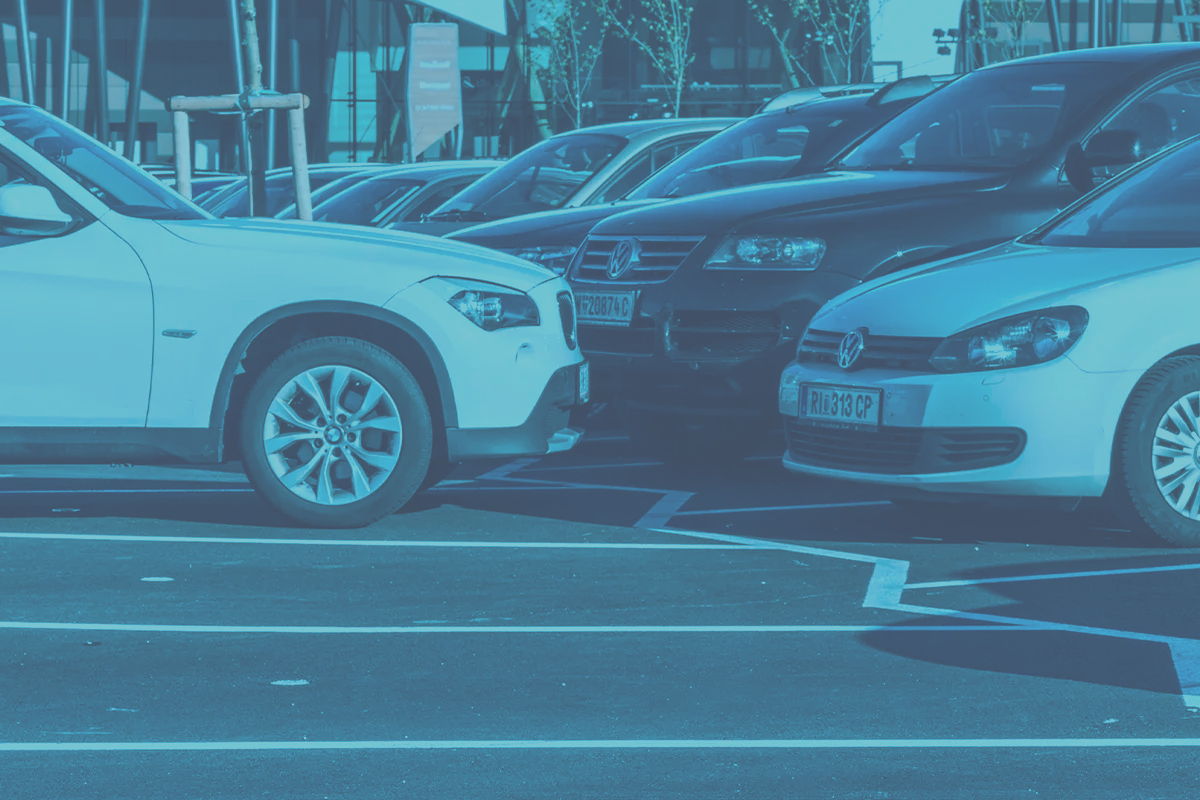We are increasingly concerned about the problem of climate change and how urbanization plays an important role in it. Large cities have been implementing sustainable mobility measures in recent years with the aim of reducing greenhouse gas emissions, improving air quality and facilitating accessibility to urban centers, among other initiatives.
Given the increase in population and the growth of cities, urban mobility has been affected worldwide due to the increase of vehicles on the roads, which leads to traffic congestion, air pollution and stress among citizens. This situation requires significant changes in the way we plan, manage and move around cities.
Development of a sustainable infrastructure
Efficient public transportation
One way to reduce traffic congestion and air pollution is to encourage the use of public transport. If the city has an accessible public transportation system with wide coverage, sufficient frequency, and affordable fares, citizens will be more incentivized to opt for transportation alternatives that help reduce their dependence on private vehicles to the city center, saving time and money by using less fuel.
To achieve this, in addition to allowing buses, trains, metros and streetcars to cover larger areas and operate on a more regular basis, it is advisable to gradually modernize the fleet of these means of transport with electric or hybrid options that help reduce carbon emissions. In addition, it is important to design well-integrated public transport networks that facilitate transfers and inclusive access for people with disabilities, parents with strollers, and cyclists, among many other common mobility needs.
Promoting active mobility
When we talk about active mobility we refer to those means of transportation that are based on human energy, such as bicycles, scooters or walking. Encouraging their use in the city center requires an adequate infrastructure, including safe bicycle lanes, as well as parking and pedestrian areas. It is important to have extensive networks of protected bike lanes connecting different points of interest in the city, along with streets and areas reserved for pedestrians where it is possible to walk without fear of traffic.
Cities with optimized infrastructure also use technologies such as smart parking systems to encourage the use of these same sustainable modes of transport. These systems guide vehicles to deterrent parking areas on the outskirts of the city, helping to reduce congestion on city streets and thus stress. They also allow for better enjoyment of leisure activities by freeing up space in the center for other purposes.
2. Public policies
Incentives and grants
Governments and organizations can encourage sustainable mobility through practices that facilitate the purchase of electric or hybrid vehicles, offer reduced fares to encourage the use of public transportation, or provide benefits to companies that promote the use of shared transportation, such as corporate buses, or teleworking.
Low emission zones
By implementing low-emission zones in the most populated and busiest areas of the city, it is possible to reduce the air pollution that harms both the environment and the health of citizens and visitors. The most common practices usually involve restricting access to high-emission vehicles in certain areas and facilitating access to electric vehicles and non-motorized means of transport.
Sustainable urban planning
Urban planning should be designed to reduce long commutes and encourage the use of sustainable transport. With transit-oriented development (TOD), areas can be designed that integrate both residential and office space and services near public transport stations. Similarly, mixed-use zones can be established with pedestrian areas that provide access to retail, leisure and residential spaces, reducing the need for private vehicles.
Innovative technologies
Within the different sustainable mobility initiatives, it is increasingly common to include smart solutions such as parking guidance and control systems. These emerge as one of the most effective solutions in the short term, and one of their main benefits is their ability to optimize parking in cities through the use of occupancy sensors, cameras and real-time data analysis algorithms.

Urban parking guidance
Thanks to the implementation of innovative technologies, it is possible to provide drivers with real-time information on the availability of parking spaces, reducing the time vehicles spend driving unnecessarily in search of free parking spaces. Users can plan their journeys knowing in advance where they are most likely to park, improving traffic flow on the streets and reducing both gasoline consumption and pollutant gas emissions.
In addition, through monitoring systems, it is possible to acquire relevant mobility data that can be used to further improve mobility planning and management in the city. This information can provide mobility and behavioral patterns with which to anticipate congestion problems and plan solutions in advance. It all contributes to a better mobility experience and the environmental impact of travel.
Sustainable mobility requires a joint collaboration between governments, companies and citizens to develop healthier and more environmentally friendly cities. With the progressive implementation of adequate infrastructures, public policies and smart technologies, it is possible to transform urban mobility systems into more sustainable models.
Urbiotica’ s parking guidance and control systems represent a short-term solution to optimize the use of space, reduce road congestion and promote the use of less polluting means of transport. These systems help create a more efficient transportation network, while improving accessibility and quality of life in cities.